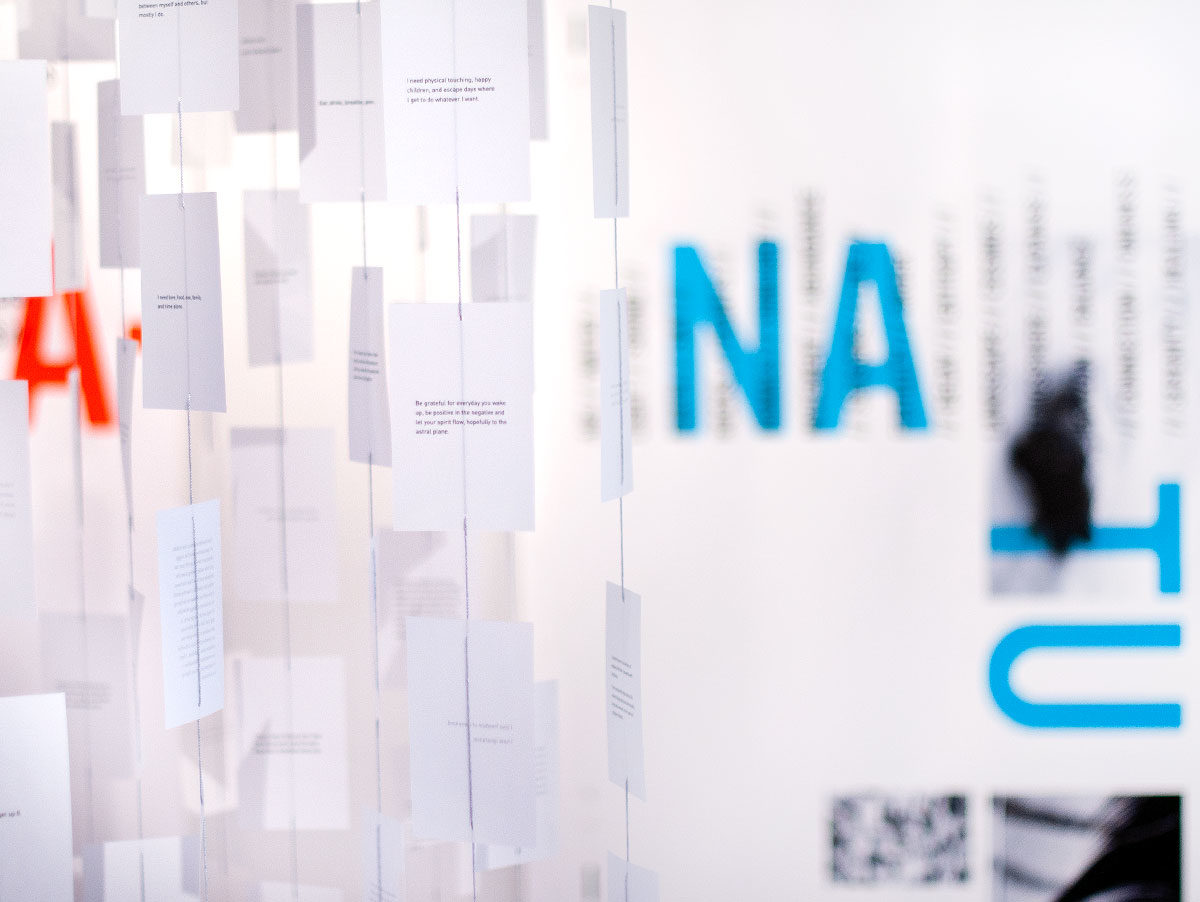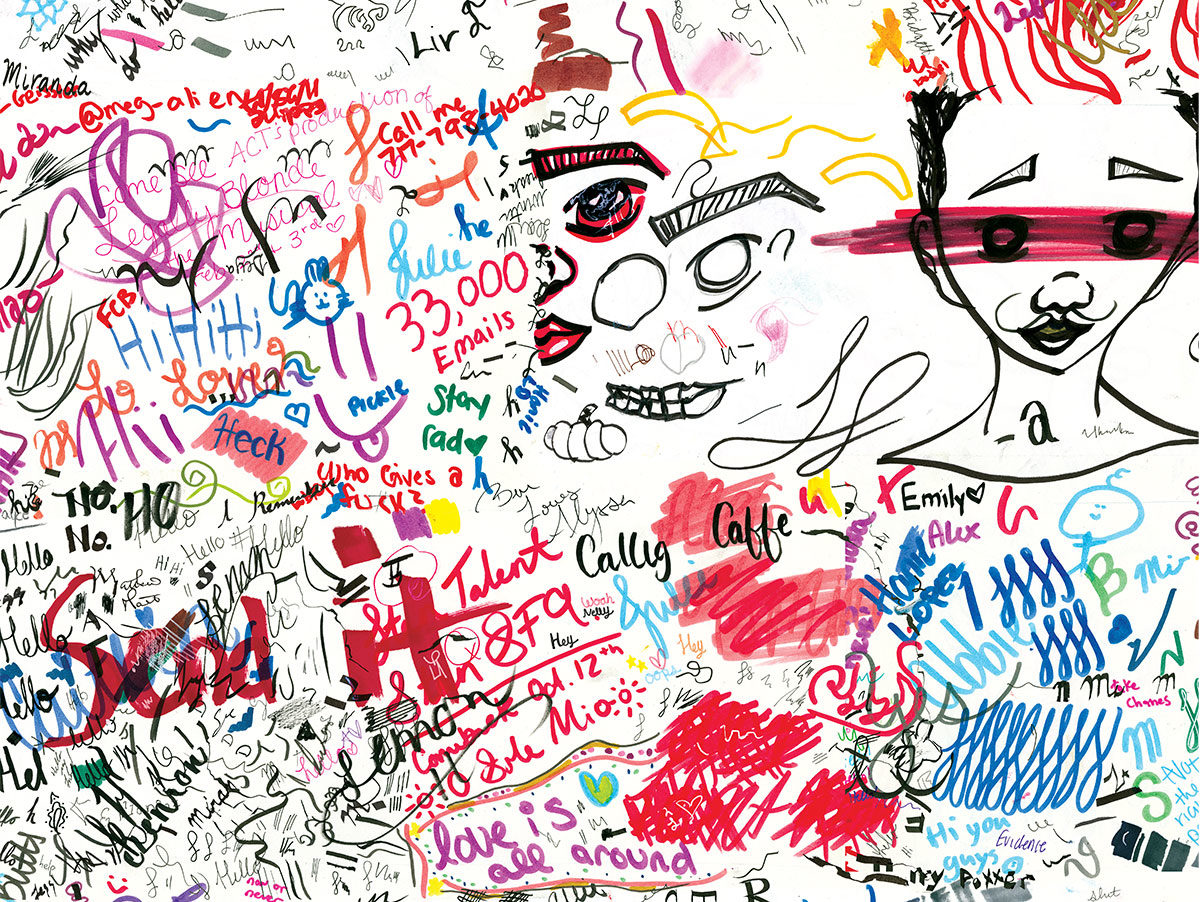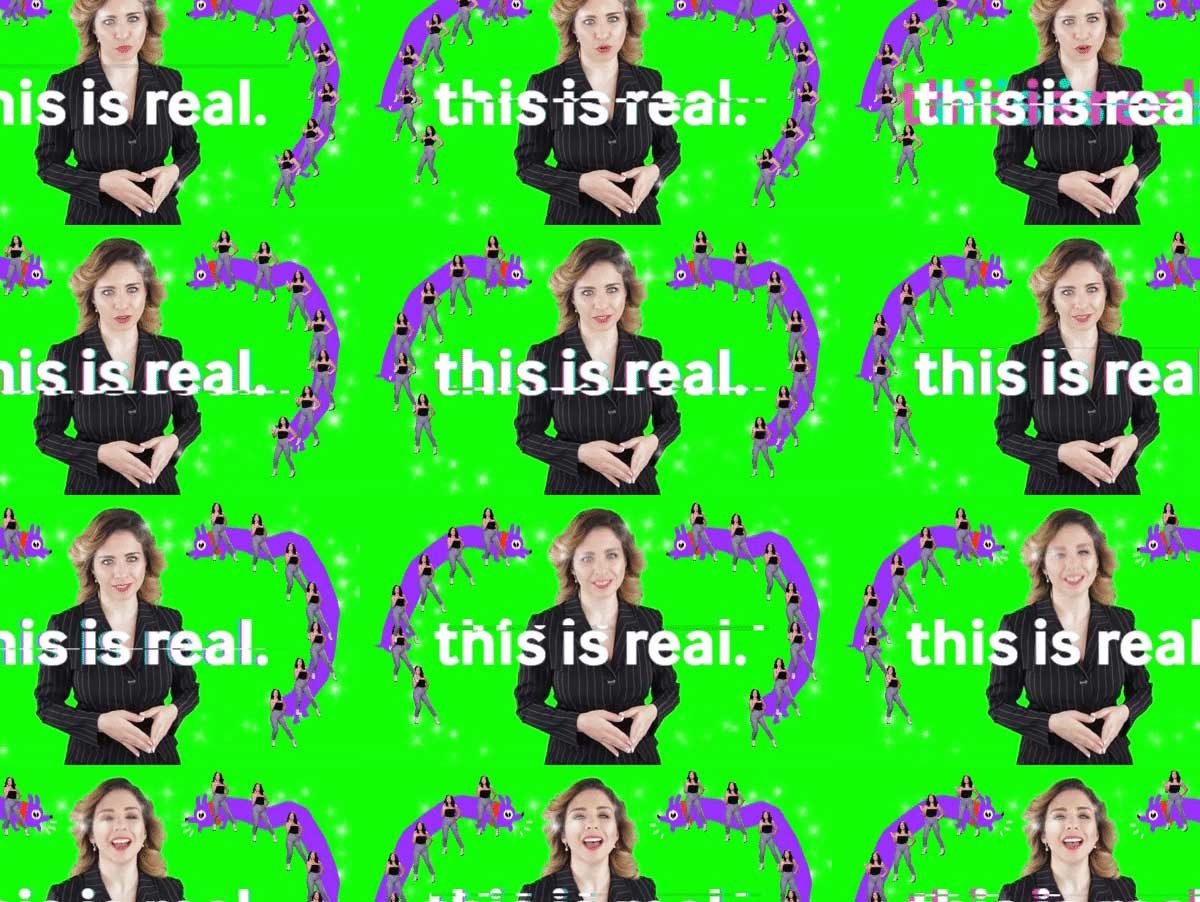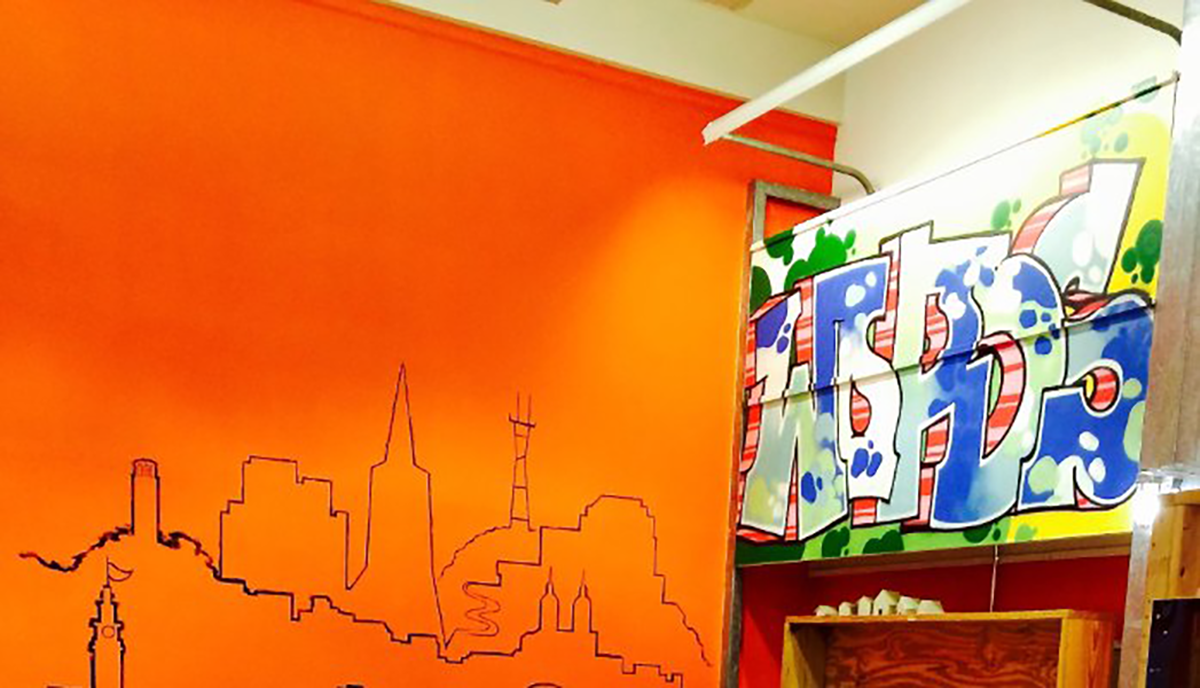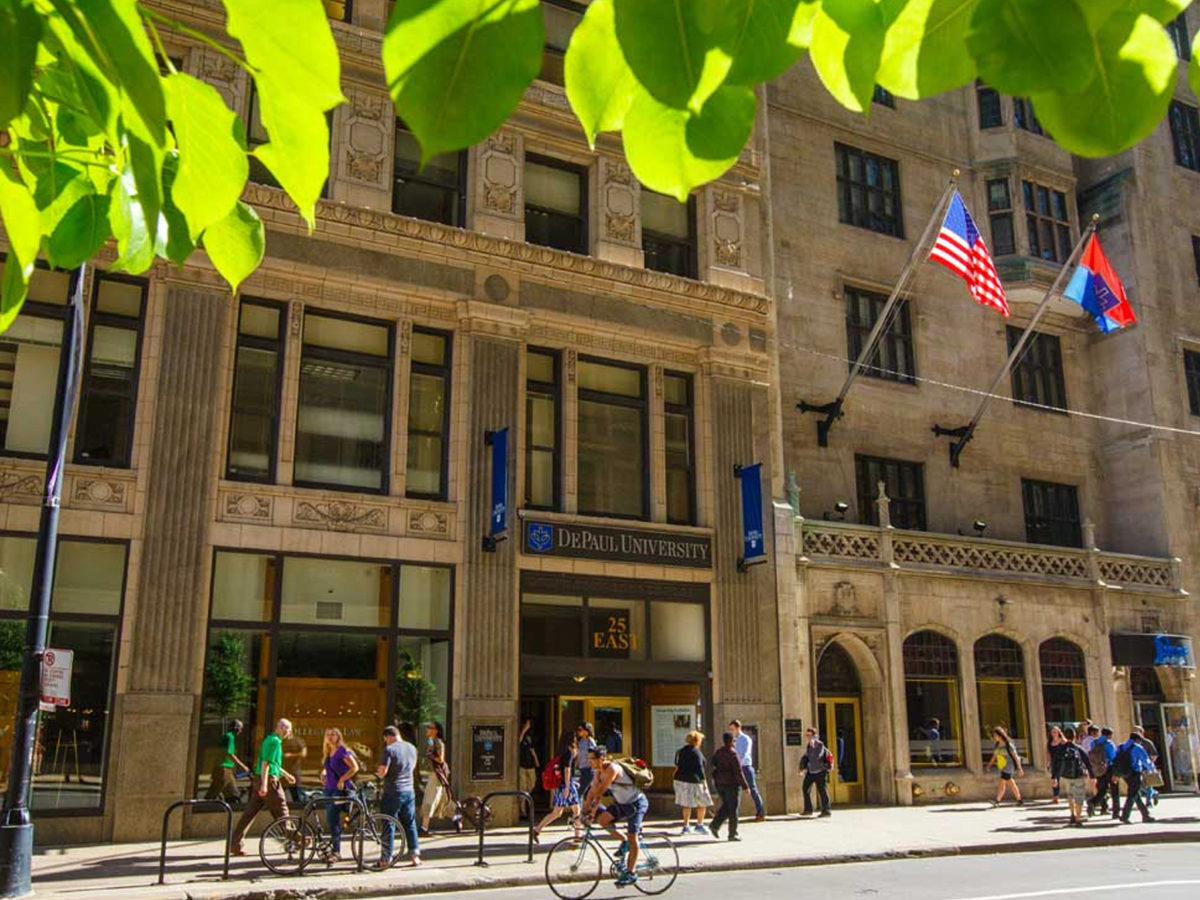Design Incubation Colloquium 5.1 (#DI2018oct) will be held at DePaul University, College of Computing and Digital Media on Saturday, October 27, 2018. 10:30AM-5:00PM
Design Incubation Colloquium 5.1 (#DI2018oct) will be held at DePaul University, College of Computing and Digital Media on Saturday, October 27, 2018. 10:30AM-5:00PM
Hosted by Heather Quinn and the School of Design Talks. This event is open to all interested in Communication Design research.

DePaul University
Richard M. and Maggie C. Daley Building
14 E Jackson Blvd.
Chicago, IL 60604
Lower Level Theatre
For details visit the Colloquia Overview and Online Submission Form. Submission deadline: Saturday, August 25, 2018.
For visiting presenters and attendees, you can find hotel recommendations on the DePaul website here:
https://resources.depaul.edu/demon-discounts/travel/Pages/hotels.aspx
DePaul Colloquium After Party
Attendees and presenters are invited to join Design Incubation and Haddon Avenue Writing Institute for a reception and tour of the facilities from 6-8pm. Drinks and refreshments will be provided. Please rsvp@designincubation.com if you plan to attend.
October 27th, 2018
6-8pm
Haddon Avenue Writing Institute
2009 W. Haddon Ave, Chicago Illinois
Featured Presentation
Storytelling: Balancing the Head, Heart, and Gut
Kelly Bishop
VP, Product & Design
The Onion
Fusion Media Group
Moderators
Liz DeLuna
Associate Professor
St. John’s University
Robin Landa
Distinguished Professor
Michael Graves College
Kean University
DesignEdu.Today
Gary Rozanc will be attending and documenting this event for his series.
Presentations
A Taste of Miami: Mentors, Creative Teams, Award Shows
John Delacruz
Associate Professor of Advertising
School of Journalism and Mass Communications
San Jose State University
Creativity in Letting Go of Certainties
Dannell MacIlwraith
Assistant Professor
Kutztown University
Body Type
Samantha Flora
Co-Founder and Designer
JAM Studios and Fat Kid Type Foundry
Material Voice: Communicating with Substrates
Meridyth Espindola
Graduate student
Vermont College of Fine Arts
BFA, University of Massachusetts, Dartmouth
90 Years of The Society of Typographic Arts
Sharon Oiga
Associate Professor
University of Illinois at Chicago
Guy Villa Jr
Assistant Professor
Columbia College Chicago
Design for Decentralized Studio Learning
Lisa Hammershaimb
Associate Dean of Curriculum, Graphic Arts
Independence University
Neuron Focus Support – Eliminating Distraction Through Facilitated Goal-Oriented Task Management
Abhinit Parelkar
Graduate student
College of Computing & Digital Media
DePaul University
Gerard Panganiban
Graduate student
College of Computing & Digital Media
DePaul University
Facilitating Justice Through Design Research
Mariam Asad
Graduate student
Georgia Institute of Technology
Social Homelessness on US Campuses
Yeohyun Ahn
Assistant Professor
Art Department
UW Madison
What Can Machine Learning Contribute to Empathy in Design? How to Build a Journey Map Using Big Data and Text Sentiment Analysis
Sarah Pagliaccio
Principal, User Experience Designer
Black Pepper
Design as Performance
A. Marcel
Graduate student
Vermont College of Fine Arts
How AI is Changing Design
Scott Theisen
Executive Creative Director
Deloitte Digital
A Tool for Understanding: Giving Voice to Diverse, Non-traditional and Low-Income Students Through Teaching Letterpress Printing
Vida Sacic
Associate Professor
Northeastern Illinois University
Evolving Graphic Design from Serving Industry to Fulfilling Fundamental Human Needs
Gareth Fry
Assistant Professor
Utah Valley University
Wearable Workshops
LeAnne Wagner
Professional Lecturer
School of Design
DePaul University
Comfort Toys
Benjamin Evjen
Assistant Professor
Utah Valley University
Featured in Chicago Design Week 2018 (Oct 27 – Nov 3)
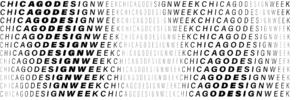
Like this:
Like Loading...


